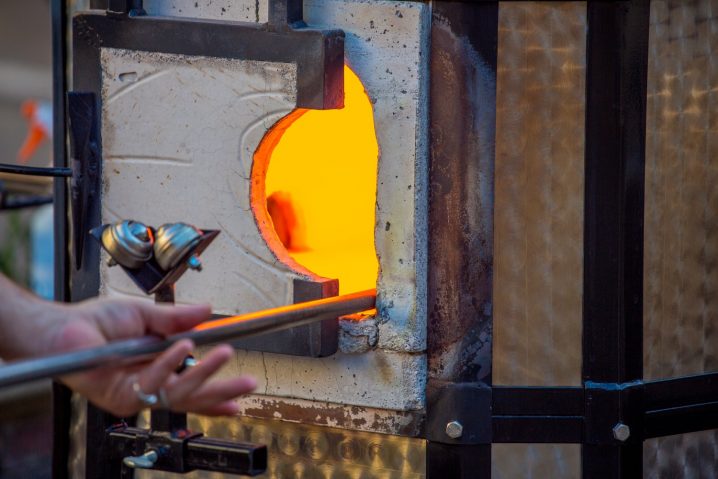As summer comes to an end, you sit in your comfortably warm home, wondering how you will keep your family warm this winter. If this is your first home, you are faced with the daunting task of choosing the right type of furnace, while nervously checking your bank account. Furnaces are a costly yet necessary feature to your new home, and this article will help you make the right decision for your new home. If you live in Toronto and have any issues, the local HVAC service will make sure your family stays warm and happy all year long, with superior quality and service in Toronto furnace repair.

What are your options?
In Canada, you have a few options when it comes to choosing a furnace for your home:
- Natural Gas Furnace
- Electric Furnace
- Oil Furnace
How do they work and what are the pros and cons?
Natural Gas
A natural gas furnace is the most widely used, and while a high-efficiency unit may be more expensive initially, it can save you a lot of money in the future. What do we mean by high efficiency? High efficiency means the furnace is producing the maximum amount of heat while using the least amount of energy. Natural gas furnaces are great for those long, cold Canadian winters, and have a life expectancy of about 20 years. These types of furnaces do not last as long as electric furnaces, but with the proper model and maintenance, they can be the right choice for your home.
The furnace gets gas from municipal pipelines, and when you turn up the temperature in your house or the inside temperature falls below the set temperature, the thermostat sends a signal to the main burner of the heat exchanger, causing a constant burning flame called the pilot light, to heat the gas coming in through the pipes, and then the fans push the air through all the ducts in your home.
To ensure your furnace is working properly, make sure to ask the technician to clean and inspect your burner annually to ensure its safety for your home. Condensation can build up causing corrosion, and ducts need to be cleaned regularly to ensure proper airflow and checked to verify there are no exposures to carbon monoxide poisoning. It is important to have a certified HVAC technician check your system for any faults, and to have a carbon monoxide detector installed in a natural gas heated home.
Electric
Electric heating is very environmentally-friendly, great for smaller homes, and cheaper to buy and maintain compared to natural gas furnaces. However, electric heating can be less cost-efficient than natural gas heating in the long run, and with the cost of electricity being so high in Ontario, the costs can really add up. Additionally, electric furnaces take longer to heat up and circulate the warm air throughout your home, and do not produce as much heat as the gas furnace, making it ideal for warmer environments where there are no long, frigid winters. You can save on electricity costs by adjusting your thermostat to a lower temperature so that the unit is not constantly working, and by choosing Energy Star products.
An electric furnace turns on by noticing a drop in the inside temperature, and a signal is sent to the electric heating elements throughout the house to activate the furnace, and then fans circulate the air using ducts. This sounds very similar to how natural gas furnaces work, except that electric furnaces do not have a pilot light and they do not have a risk of carbon monoxide poisoning. Additionally, they have a life expectancy of close to 30 years and operate quieter than natural gas furnaces.
Electric furnaces have close to 100 percent efficiency; they waste less heat compared to natural gas or oil furnaces. However, they do require monthly cleaning or replacements of the filter and/or humidifier. If you experience a power failure, faulty equipment, or blower breakdowns, you will need a certified HVAC technician to do any repairs, as high voltage equipment is dangerous to handle without the proper training.
Oil
While oil furnaces are generally cheaper than natural gas or electric furnaces, they are quickly becoming the least popular method of heating a home. A major reason for that is the negative environmental impact they cause if the oil tank is damaged, along with the costs of cleaning. Also, oil prices tend to vary, unlike natural gas and electricity, and this could mean your cheaper oil furnace will end up costing you more. To get the oil to your home, it must be transported by a specialized company, and maintenance costs can add up due to the grime build-up.
An oil furnace works very similarly to a natural gas furnace, but it requires an oil tank to be stored on your property; however, it is easier to maintain than a natural gas furnace and only requires annual maintenance. A great feature of oil furnaces is that you can choose to have one or two heat exchangers. Having two heat exchangers improves the efficiency of the furnace, making sure energy is not being wasted.
Which one is right for you?
To choose the best furnace for your home, consider these 5 factors:
- Size matters. How big are your home and your property?
- Annual Fuel Utilization Efficiency (AFUE) measures a furnace’s efficiency. Look for a higher rating, and that your furnace is Energy Star certified.
- Money spent now is money saved later. In Ontario, natural gas is cheaper than electricity in most areas, so consider how much you are willing to spend long-term.
- Maintenance. Choosing a cheaper model may be beneficial initially, but may require more payments for repairs and maintenance.
- Environmental impact. How can you decrease your carbon footprint?



